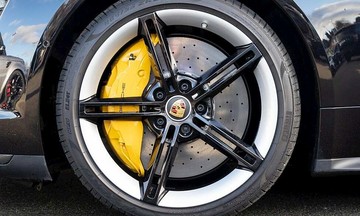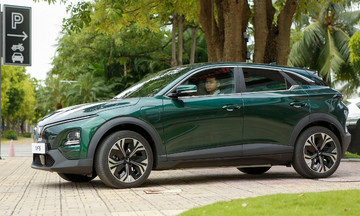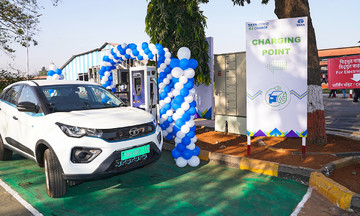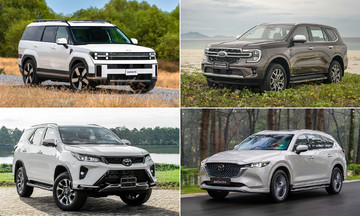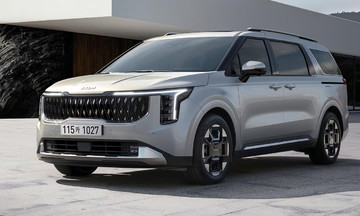The vehicle is equipped with 37 cameras, 5 lidar, 11 radar, 22 microphones, 10 ultrasonic sensors, 16 collision sensors, 8 water level sensors, 4 tire pressure sensors, and a smoke sensor. Most sensors have integrated cleaning methods to maintain clear visibility and ensure optimal observation capabilities.
The steering wheel can retract and be replaced by a screen. When human intervention is necessary, the steering wheel returns to its usual position. The pedals follow the same retractable design, only protruding when needed and remaining flush with the floor when the car is in self-driving mode.
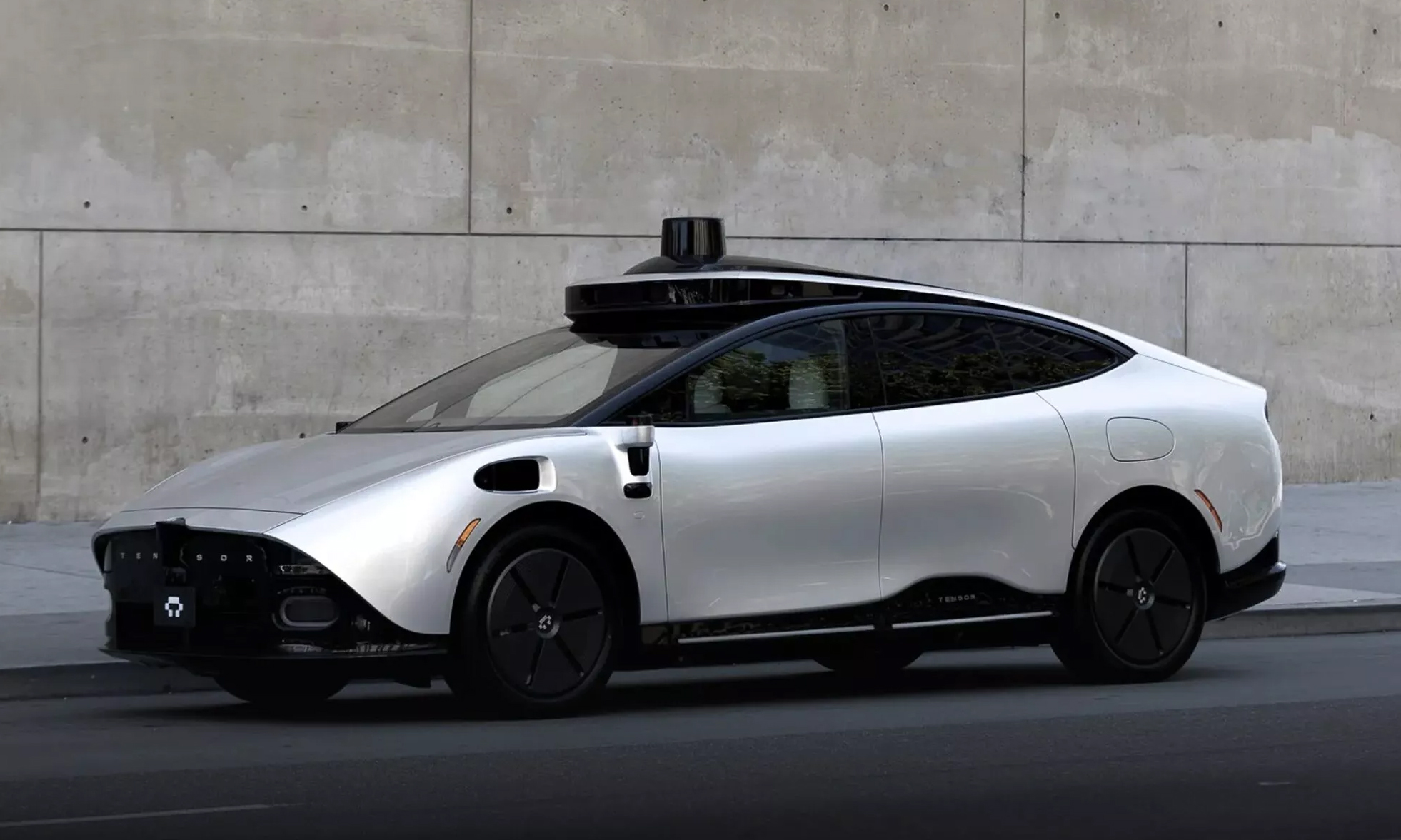 |
The self-driving car from the Silicon Valley startup. Photo: Tensor
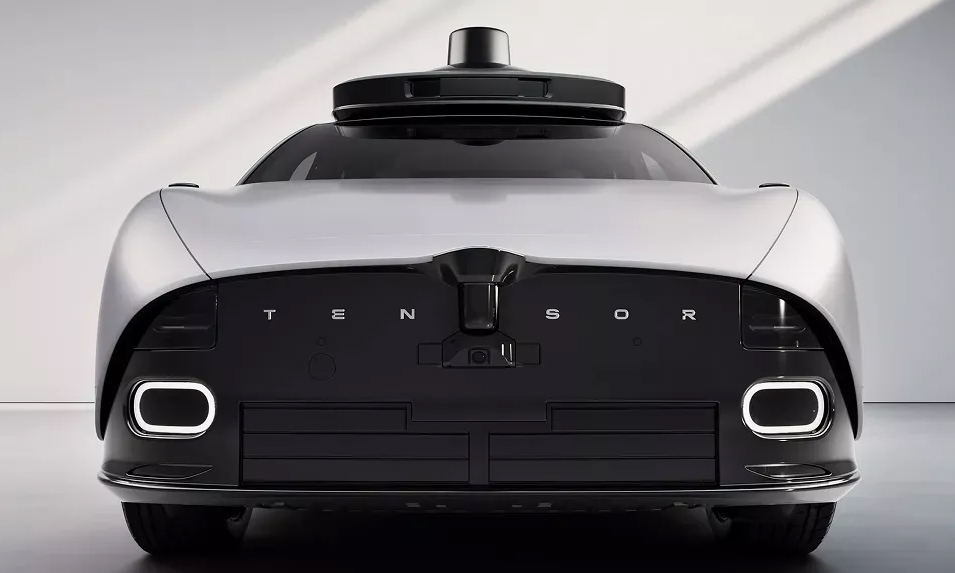 |
37 cameras, 5 lidar, 11 radar, 22 microphones, 10 ultrasonic sensors, 16 collision sensors, 8 water sensors, 4 tire pressure sensors, and a smoke sensor.
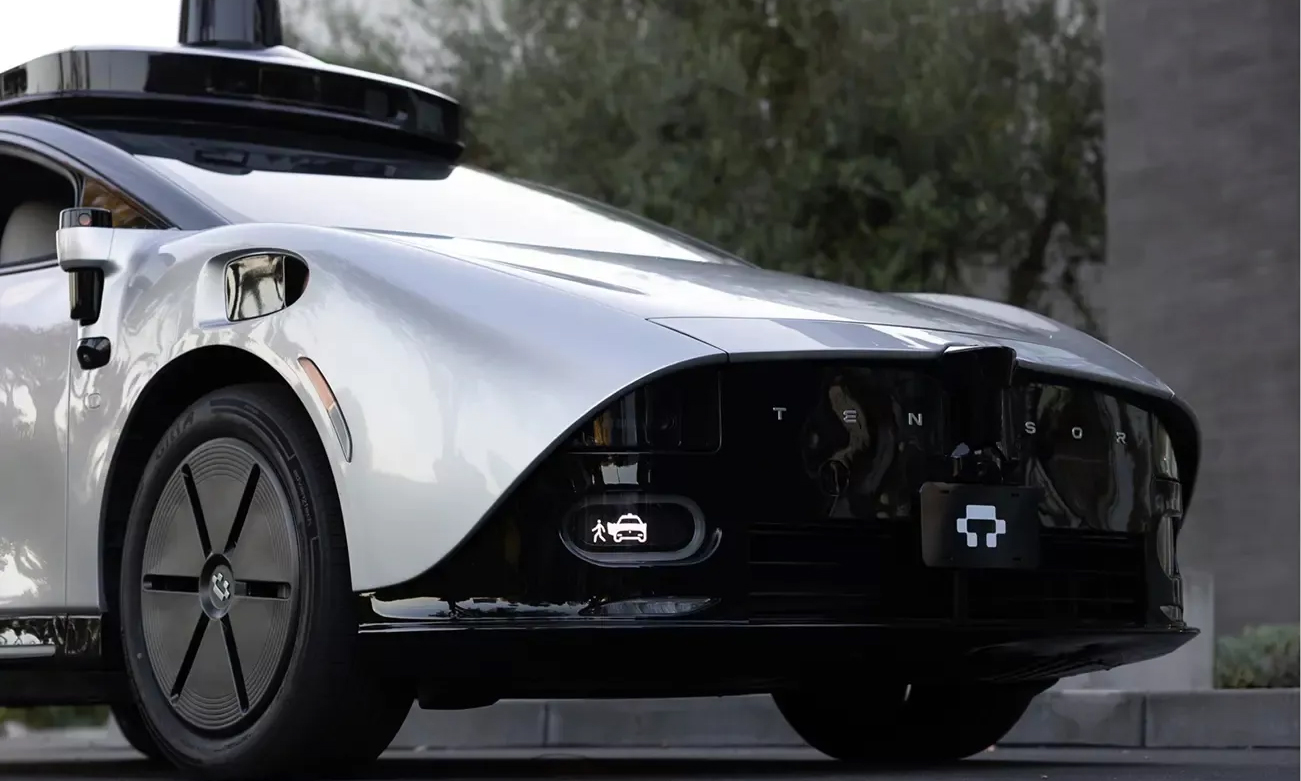 |
Two small screens on the front bumper communicate with others on the road.
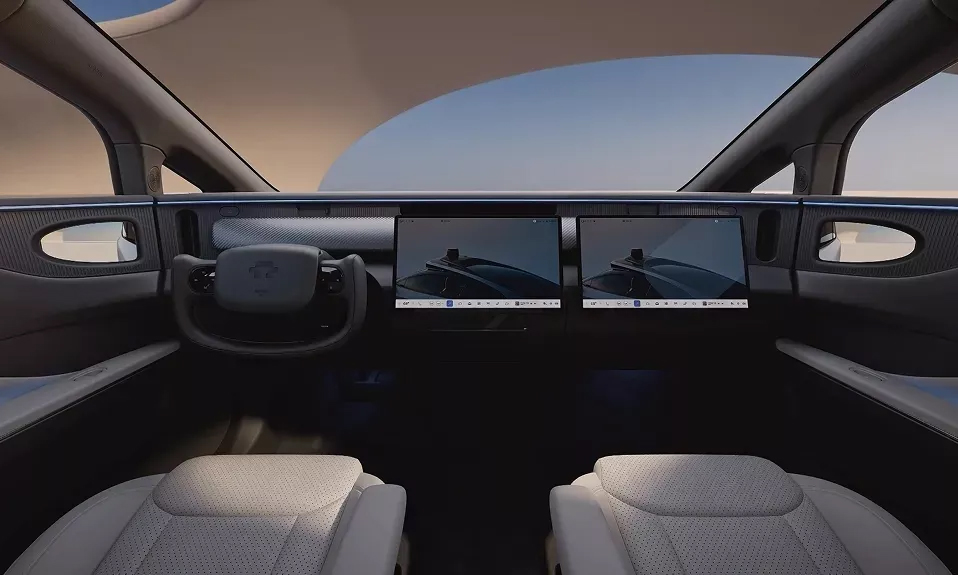 |
The steering wheel in its normal position for human control.
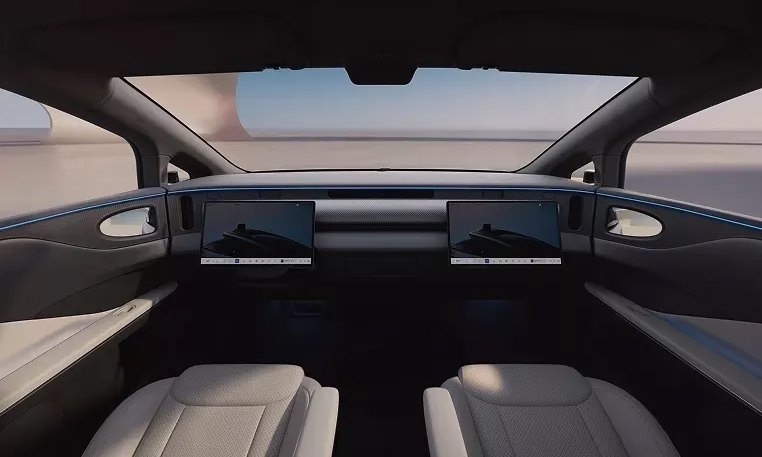 |
In self-driving mode, the steering wheel is hidden, and a screen takes its place.
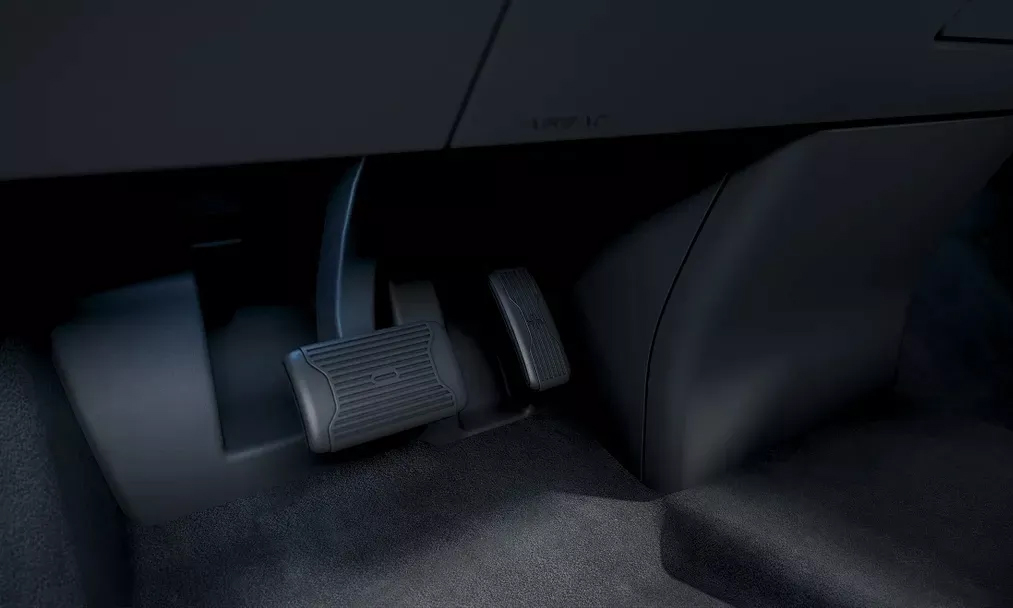 |
The pedals also sit flush with the floor in self-driving mode.
Tensor is a rebranding of AutoX, a robotaxi company formerly headquartered in the US that significantly expanded its operations in China. This included a self-driving service in the suburbs of Shenzhen a few years ago with a fleet reportedly exceeding 1,000 robotaxis. Operations in China ceased 2 years ago.
Tensor describes this as AutoX's "evolution" toward personal vehicles. AutoX was among the first companies to deploy driverless robotaxis in China but faced controversy over allegations related to operating without active safety intervention measures in the US.
Tensor's design focuses on cost-effectiveness for early launch and prioritizes safety optimization. Their latest software approach centers on machine learning, not as an end-all solution, but relying on a suite of ML-based tools and their proprietary "Tensor Platform Model."
Tensor has chosen to focus on selling products to consumers rather than providing taxi services. Tesla also once aspired to sell personal self-driving cars but recently opted to test taxis first in a limited area. Tesla's current products cannot self-drive, instead operating in driver-assistance mode with human supervision.
Many companies have introduced concepts for personal self-driving vehicles, including features like folding steering wheels and reversible seats, but none have announced production. Tensor hopes to be the first, claiming it will ship in the second half of 2026.
A unique feature of Tensor is its commitment to driver privacy. All other autonomous vehicle designs constantly connect to the cloud, transmitting all vehicle activity. Tensor also communicates with the cloud for standard reasons: map and software updates, traffic and weather information retrieval, and potential remote operation support common to all autonomous vehicles. However, owners can disable this feature, ensuring data privacy.
The car is drive-by-wire, meaning it operates without mechanical linkages, and has multiple redundant systems, including three braking systems. Some cameras have 17-megapixel resolution, exceeding the usual standard. The car even has undercarriage cameras to detect anything or anyone beneath it. Water sensors will detect if the car is driving in excessively deep water.
Small screens on the front bumper's corners inform pedestrians that the car sees them and indicate its intentions (such as an impending door opening).
The robocar measures 5,525 mm long, 2,261 mm wide, and 1,989 mm high, with a 3,150 mm wheelbase. This model is considerably larger than other electric crossovers like the Cadillac Vistiq and Tesla Model X.
Notably, Tensor's self-driving car uses PalmRead technology, allowing keyless and phoneless entry by scanning the user's palm.
My Anh (Forbes, Carscoops)






